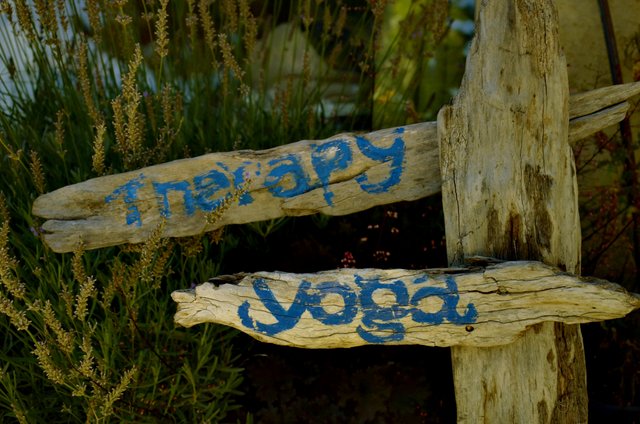The role of YOGA in cancer care

Yoga; can awaken a personal liberation around how we treat our body, how we treat our mind so we may gently move in the direction towards our own path to cikitsa, a sanskrit word meaning 'to act or oppose disease'.
Understanding the beneficial role that yoga has in the many ways cancer affects people's lives is not a new one to those within these communities. Research is now validating yoga as an effective therapy for reducing symptom intensity, as well as supporting the body both during and after cancer treatments.
Symptoms such as nausea, insomnia, extreme tiredness, mood fluctuations, fear, have been shown to decrease. Studies have also found that those who practiced yoga and various forms of guided imagery such as meditation have increased quality of life and a higher chance of survival post treatment.

So what is it about yoga that makes it so successful?
A balanced yoga session will promote a deep sense of relaxation and internal calmness. When the body and mind are calm it can heal.
With appropriate facilitation and practice, true relaxation is determined by the quality of the breath. When the breath is deep and effortless, it promotes a more complete oxygenation of the blood and bodily functions, changes blood chemistry, normalizing the acid base of blood, tissue levels of calcium, which can help prevent tremors, spasms, and tension held in the muscles. As well as ionising the blood, allowing for better iron uptake.
The breath, is understood to introduce two things, one is air, the other is prana (pure vital life energy), both are crucial in sustaining life, as the masters of Kriya Yoga say, "no breathe, no life".
I once read that when we exhale, the lungs do not just remove carbon dioxide they also eliminate up to 250 other toxic by-products and impurities from the organs into the blood stream carried to the lungs for elimination. The process of exhalation, removes up to 70% of toxic by-product when compared to the skin or excretory systems. Proper elimination is a crucial function for optimum well-being, when working well, illness, disease and other sensations both physical and mental are removed before they are lodged deeper into the body and mind and begin to present as symptoms.

ALL yoga practice should be void of stress and discomfort, there should be no pain felt, according to AG and Indra Mohan in there book titled Yoga Therapy, a body position that disturbs your breathing is not an asana, (physical position in yoga), when practicing yoga from this awareness it is a gentle and gradual process, which should focus on the breath rather than the movement, both the body postures and breath are respective in a balanced and progressive practice which will promote a steadiness in the mind and nervous system and thus promote a deep experience of relaxation.
HUMBLY
Carmen
.
if all the people involved in yoga - the world would be better. Thank you for the article, @abundant.earth
Maybe @maximkichev I think an easier solution would be for the world to stop listening to pop music, stop eating Mcdonalds and turn off the T.V! oh ....and start blogging on @steemit ;)